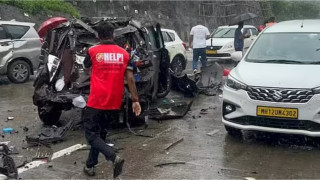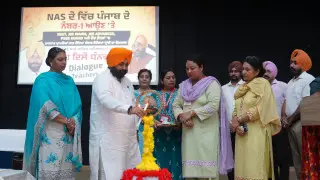
Indian army
National News: As dawn breaks over the jagged peaks of the Kargil sector, the nation pauses to pay tribute to the brave hearts who, 26 years ago, reclaimed India’s sovereignty. On this 26th Kargil Vijay Diwas, the legacy of courage and sacrifice is not just a chapter in history—it remains vibrantly alive, strengthened by recent events like Operation Sindoor, a testament to India’s evolving military strength and resolve.
The 1999 Kargil War was unlike any conflict India had ever fought. Pakistani troops and militants infiltrated high-altitude positions in the Dras sector of Kargil, exploiting the treacherous terrain and icy conditions. The Indian Army launched Operation Vijay, a bold and extraordinary military campaign carried out in some of the most unforgiving battlefields on earth. Peaks like Tololing, Tiger Hill, Gun Hill, and Batra Top became etched in the nation’s memory as symbols of resilience.
But victory came at a heavy cost:
Heroes like Captain Vikram Batra and Lieutenant Manoj Pandey became immortal in the nation’s heart. The war, fought over two grueling months, ended on July 26, 1999 — a date now revered as Kargil Vijay Diwas.
The 26th anniversary of Kargil Vijay Diwas carries renewed meaning in light of Operation Sindoor. Launched after a devastating terror attack, Operation Sindoor saw the Indian Armed Forces execute a precise, multi-domain offensive against terror infrastructure — striking not just in Pakistan-occupied Kashmir, but deep inside Pakistan.
Despite Pakistan’s failed attempts to target Indian military and civilian assets, they were forced to seek a ceasefire. In Dras, drone sightings triggered additional air defense deployments, and short-range artillery guns were used to bring down several of them.
Back in 1999, the Army depended on Bofors FH-77B howitzers, INSAS rifles, and support weapons such as the Carl Gustav rocket launcher. The Indian Air Force’s MiG-21s and Mirage 2000 jets provided aerial support and precision strikes, particularly during the capture of Tiger Hill.
But challenges were immense:
Indigenous systems like Dhanush and ATAGS howitzers offer greater range and precision. Infantry now carries SIG716 and AK-203 rifles, with advanced body armor and helmets for protection. Long-range drones and integrated battlefield management systems ensure superior surveillance and communication. Air defense is backed by the Akash missile system and the formidable S-400s, providing a shield against aerial and drone threats. The Indian Army is now smarter, faster, and far more lethal—a force ready for the challenges of modern warfare.
Kargil Vijay Diwas isn’t just a remembrance—it’s a bridge between the sacrifices of 1999 and the readiness of today. It serves as a reminder that even as weapons and technology advance, the spirit of “Yeh Dil Maange More”—the ”unwavering bravery of India’s soldiers—endures unchanged.












Copyright © 2025 Top Indian News
